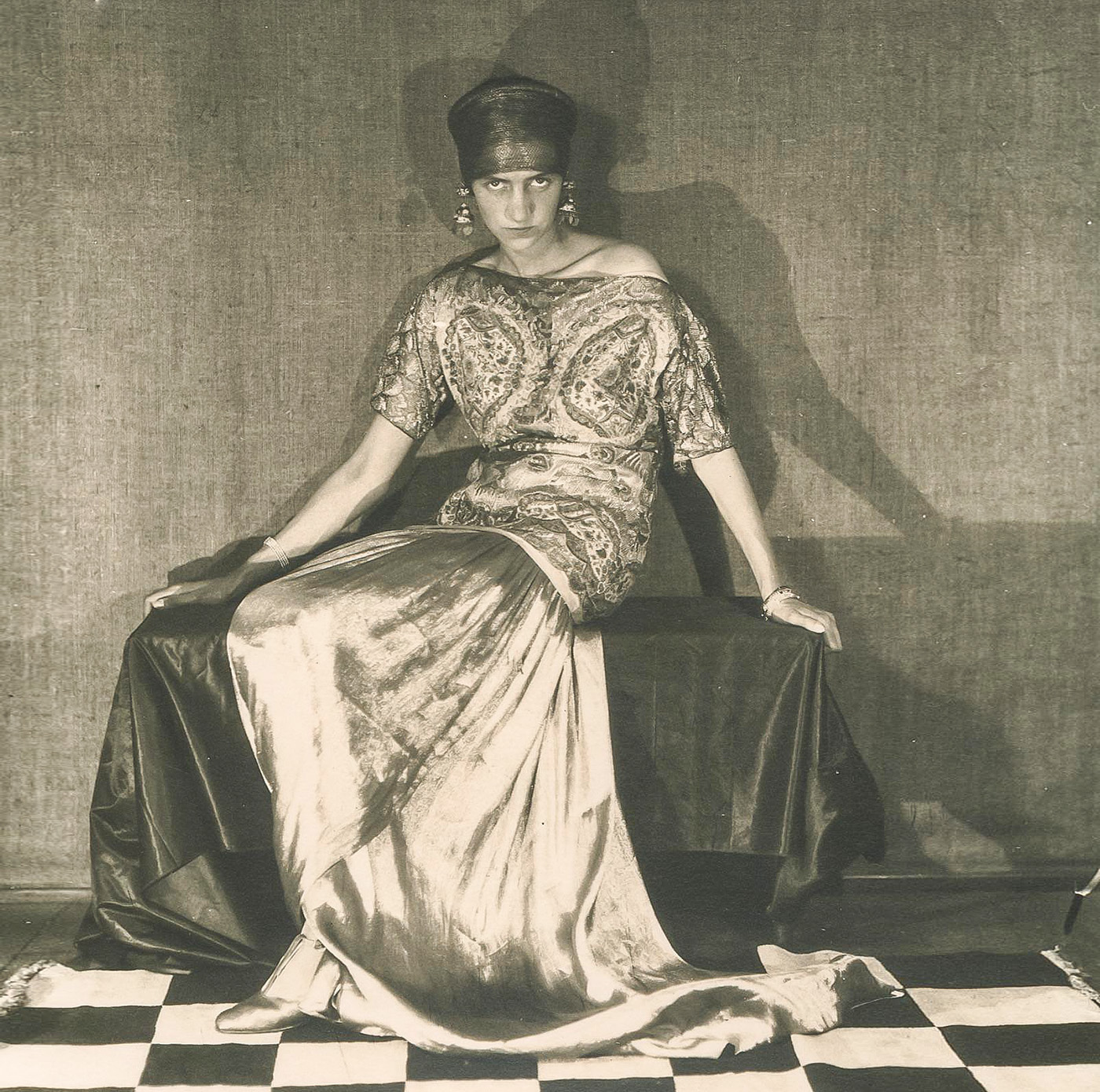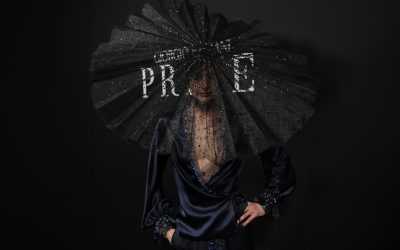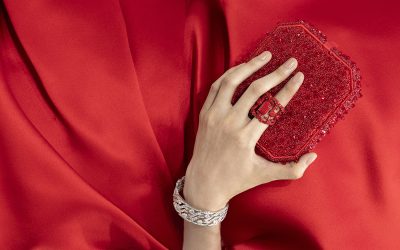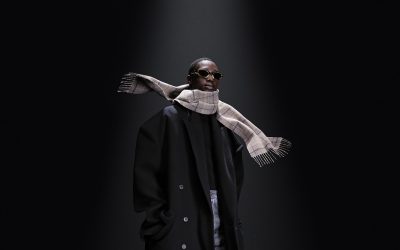Paul Poiret, the fashion tycoon and women’s liberationist, revolutionized the fashion industry in the early 20th century and is considered the first French fashion designer to create a brand as an icon. Born in the heart of Paris, in 1879, and surrounded by the textile industry, Paul was a daydreamer who caused his father great concern. He struggled to obtain his bachelor’s degree and started as an apprentice in an umbrella atelier. However, his only interest was taking home pieces of silk to make dresses for a big doll, which his sisters had given him. He was protected and encouraged by his mother, who was the first to believe in him from the very beginning.
At a young age, he understood the importance of external appearance and having a precise idea of style. Although not yet as a signature, his taste was affirmed as a personality trait. He was hired as a fashion illustrator by couturier Jacques Doucet in 1898. At Doucet’s, Poiret had the opportunity to learn sewing and fashion drawing techniques, as well as work with luxurious fabrics. Most importantly, he learned how to compliment women in ways that would benefit him. He sought his sisters’ admiration in his clientele and soon understood the power of famous women in building his reputation.
In 1901, he was hired by the leading fashion house in Paris during the late 19th century, La Maison Worth, initially performing menial tasks such as running errands and sweeping floors. Charles Frederick’s sons were already directing the House of Worth and keeping the young talented designer on a tight leash. Poiret learned the art of draping and garment construction, deepening his understanding of the industry and its clientele.
In 1903, Poiret left the House of Worth and, with the help of his mother, set up his own fashion house, which quickly became a major rival to Worth and other established houses. Poiret’s designs were innovative and daring, but most importantly, his first client was a socialite, the French actress Gabrielle-Charlotte Réju, also known as Réjane. She knew how to make an entrance and was adored by both men and women. She was extravagant with her two white donkeys as pets, and redirected Parisian society’s attention to Poiret. (Paul was too provincial for his vision and own search for notoriety, so he preferred to be known as Poiret.)
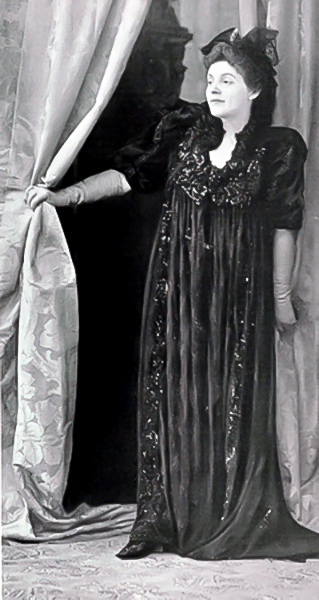
actress Gabrielle Réjane wearing Poiret
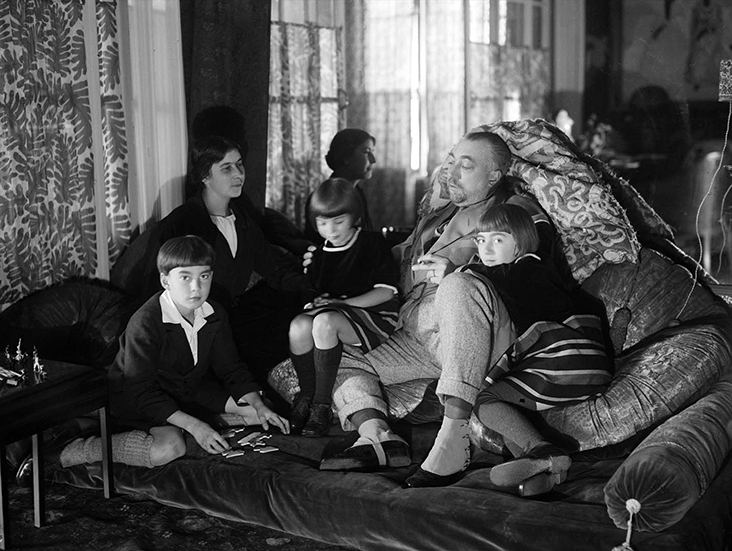
Breaking away from the strict rules and conventions of traditional couture, Poiret was a master of draping and asymmetrical designs. He introduced a new silhouette that emphasised freedom of movement and comfort, as opposed to the restrictive corsets and petticoats of the time. His rebellious streak and willingness to take risks set him apart from his peers and made him one of the most influential designers of the early 20th century.
One of Poiret‘s most significant contributions to fashion was his rejection of the corset. He championed loose, flowing garments that allowed for greater movement and comfort. Poiret’s designs were characterised by their vibrant colours and bold patterns, breaking away from the soft pastel palette that was in vogue at the time. He drew inspiration from a wide range of sources, including orientalism (which he discovered during a carpet presentation in the Bon Marché department store), Art Nouveau, Directoire-style, Japanese art, and even the women of the suffragette movement in London. With the success of the Ballets Russes, which had a major influence on the next decade, he surfed the wave of orientalism style, producing the famous Poiret turban, scented oriental candles, and many other items that became emblematic.
Poiret‘s designs were also notable for their emphasis on the natural curves of the body. He replaced the corset with a delicate undergarment and introduced a range of new silhouettes, including the hobble skirt and the lampshade tunic, allowing for greater freedom of movement, until they did not…
“I freed the bust and I shackled the legs,”
he was saying. However, the skirts inspired by Japanese culture were so cumbersome that they made it difficult for women to walk normally. Despite claiming to be a liberator of women, he also created later the “gaine,” a tight elastic torso holder that helped shape the silhouette.
An important turning point in Poiret‘s career came through his collaboration with the illustrator Paul Iribe, who illustrated “Les Robes de Paul Poiret racontées par Paul Iribe.”
In addition to his innovative designs, Poiret was also a master marketer. He understood the power of branding and created a distinctive image for his fashion house, using bold graphics and colorful advertising to promote his designs. In 1909, he opened his house at Hôtel du Gouverneur des Pages (an 18th-century building) at 107 rue du Faubourg-Saint-Honoré, which served as a place for his family and his business. Poiret also staged lavish fashion shows and extravagant parties, inviting the cream of Parisian society to attend and creating a sense of exclusivity around his brand. Mariano Fortuny, André Derain, Georges Lepape, Paul Iribe, and Raoul Dufy were some of the artists who worked and socialized with him. Poiret wanted to be considered an artist, not just a fashion designer, and his star power and brilliant marketing set him apart from his contemporaries. One of Georges Lepape‘s stencil-colored illustrations for Poiret’s “Les Choses de Paul Poiret vues par Georges Lepape,” printed by Maquet, is a forerunner of the “dangerous 20s look,” featuring matte, powdered flawless skin, bold saturated eyeshadow, lavish red lips, and extravagant accessories.
In 1911, Poiret launched the first-ever designer perfume, Les Parfums de Rosine, named after his first-born daughter. He not only created a perfume that complemented his fashion collections but also took care of every step, with a laboratory at 39 rue du Colisée and a glass and packaging factory in Courbevoie.
His second daughter gave her name to his embroidery and print collections: Les Ateliers de Martine, where he printed precious silk paintings by Raoul Dufy. He was the first to understand the power of trans aestheticism, a subject you will often encounter in our magazine. He is also producing accessories and even furniture, inspired by his voyages to Vienna where he visited the famous Wiener Werkstätte.
In the same year, he created the first-ever split-skirt, establishing his forever notoriety as a women’s liberator. Even the Pope commented, scandalized by Poiret‘s indulgence in the Parisian decadent lifestyle.
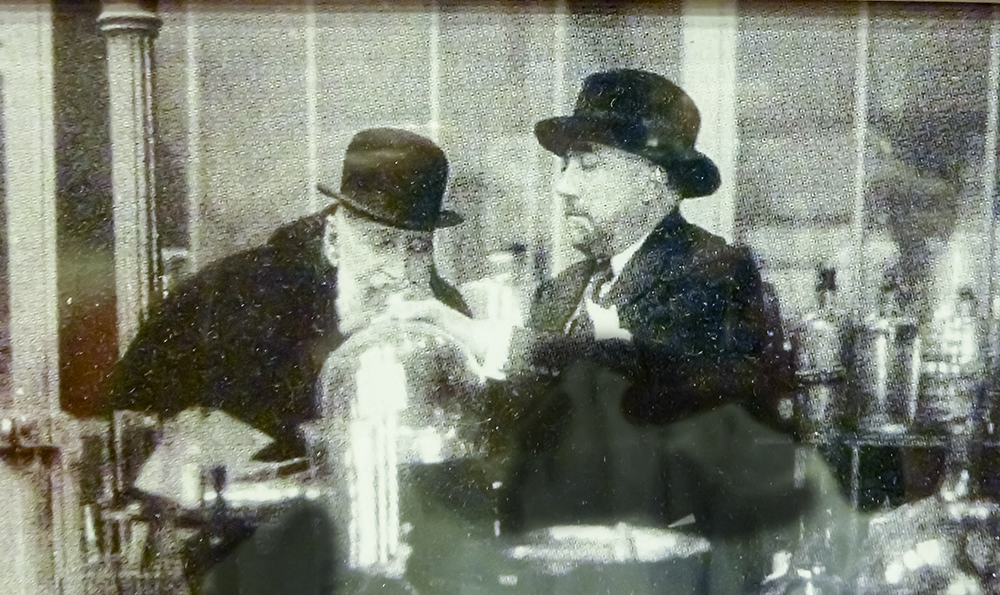
Henri Alméras began creating for Poiret during the Great War. As early as 1914, he produced several fragrances such as “Mamzelle Victoire”, “Le Parfum de ma marraine”, “Sa chambre”, “Jasmin de la Riviera”, “Mouchoir de Rosine”, and “Pierrot”. At the end of the war, in January 1918, he created “Le Fruit Défendu”, which was followed by “Aladin” in 1919, and other fragrances such as “Toute la Forêt”, “Le Balcon”, “Antinéa”, “Hahna”, “L’étrange fleur”, “Marahdjah”, “Sakya Mouni”, “le Bosquet d’Apollon”, “Arlequinade”, “Coeur en Folie”, “1925”, “Coup de Foudre”, “Connais-tu le pays?”, “Avenue du Bois”, “Qui es-tu?”, and “Habera”.
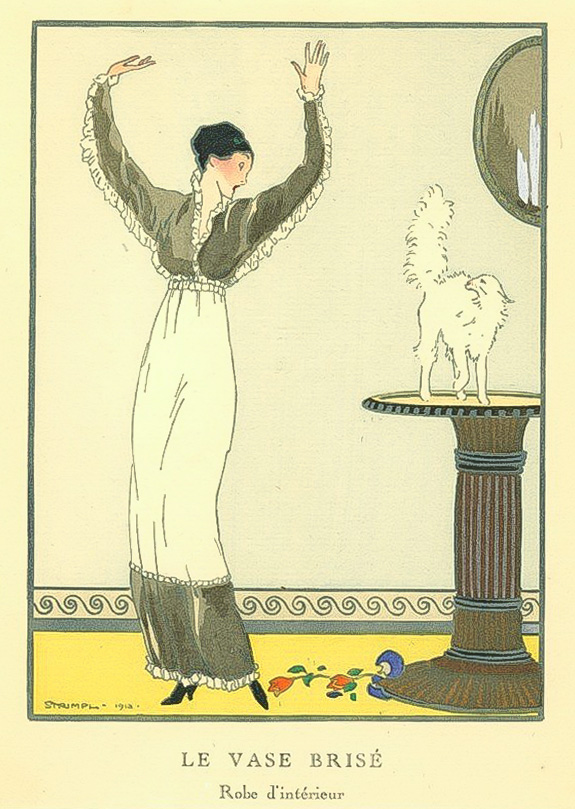
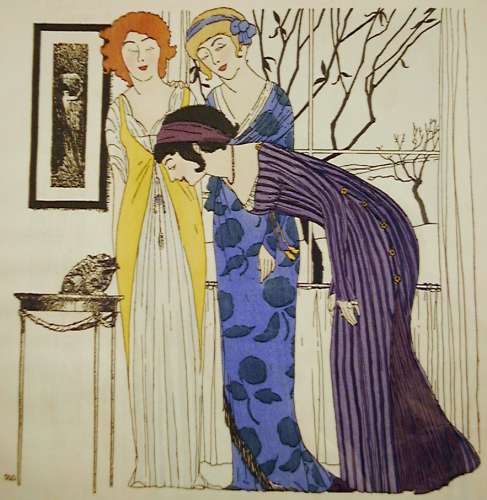
Paul Iribe for Poiret
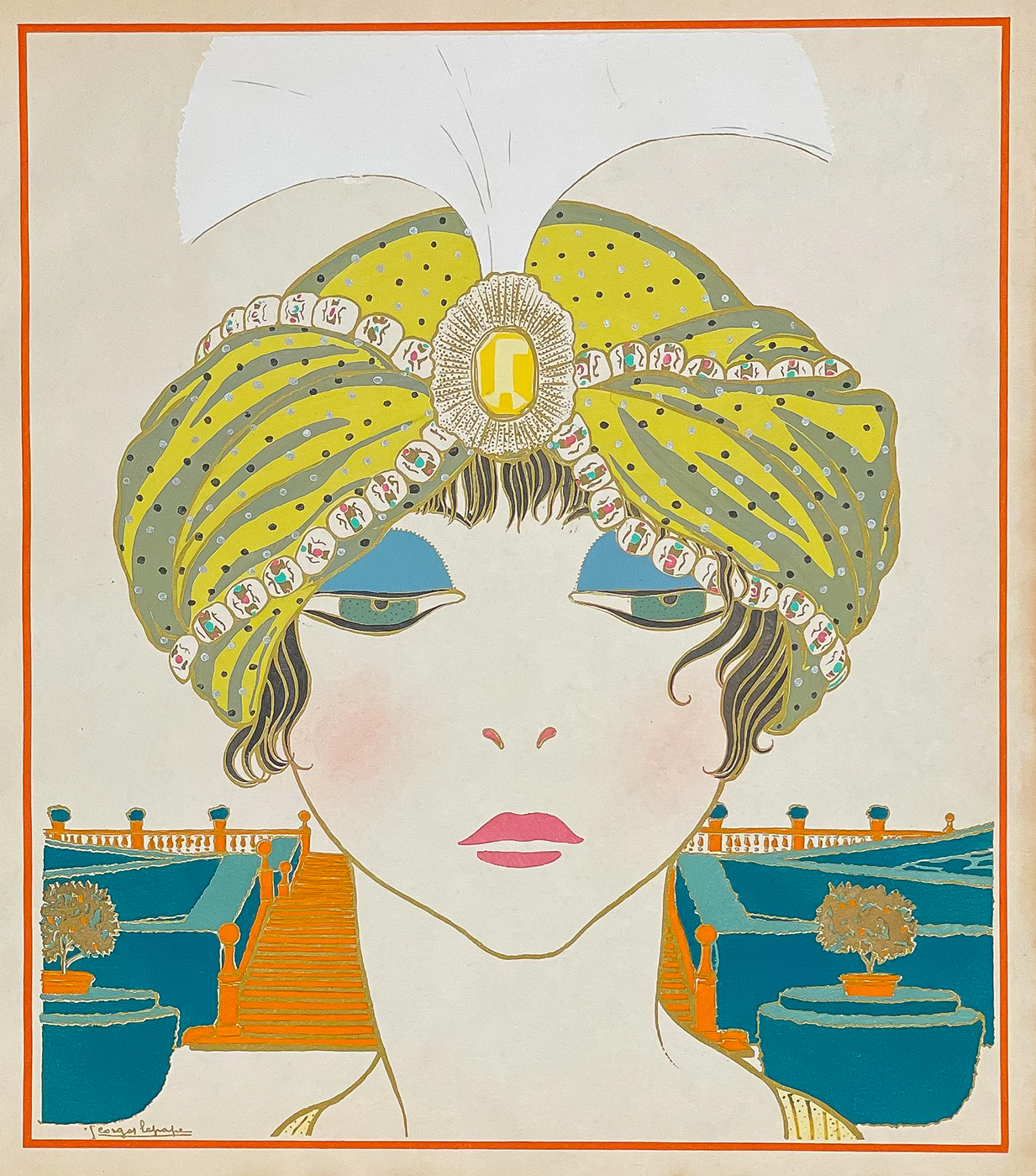
Georges Lepape for Poiret
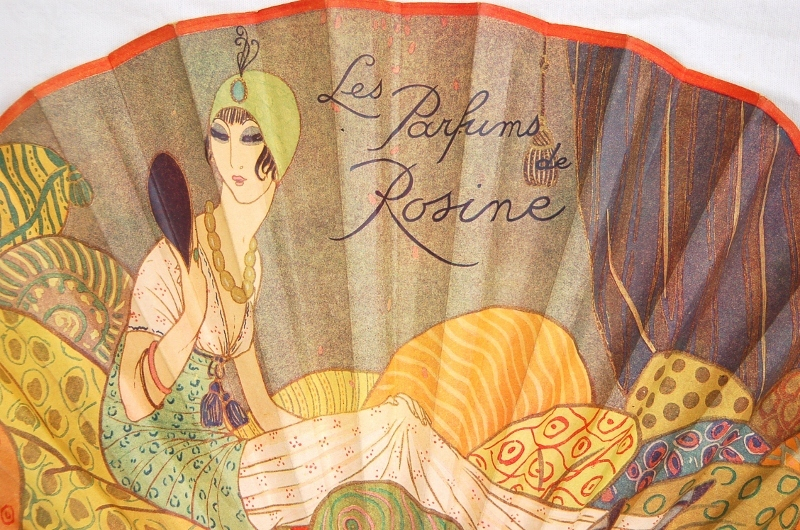
His first perfume was Nuit Persane, created for the “Thousand and Second Nights” party, during which a bottle was offered to each guest. However, the formula was lost. Poiret also created several other fragrances, including “Coupe d’Or” (1911), “Mea Culpa” (1914), La Rose de Rosine (1912), Chez Poiret (1913), L’Espalier du Roy, Fanfan la Tulipe, Le Minaret. Maurice Schaller would go on to create fragrances like Nuit de Chine.
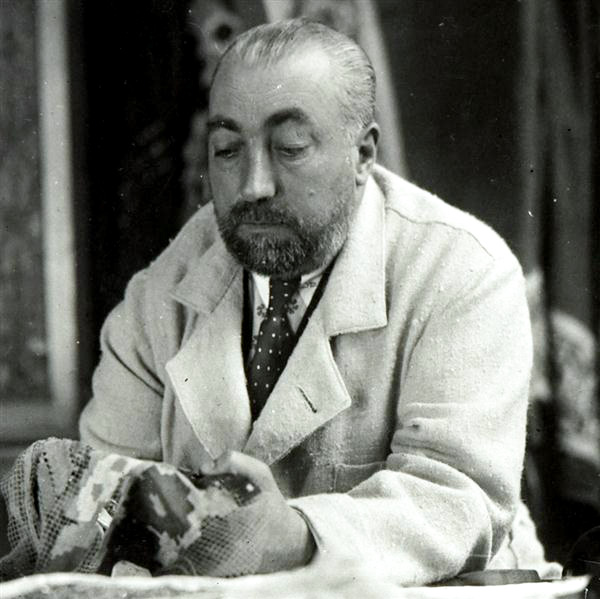
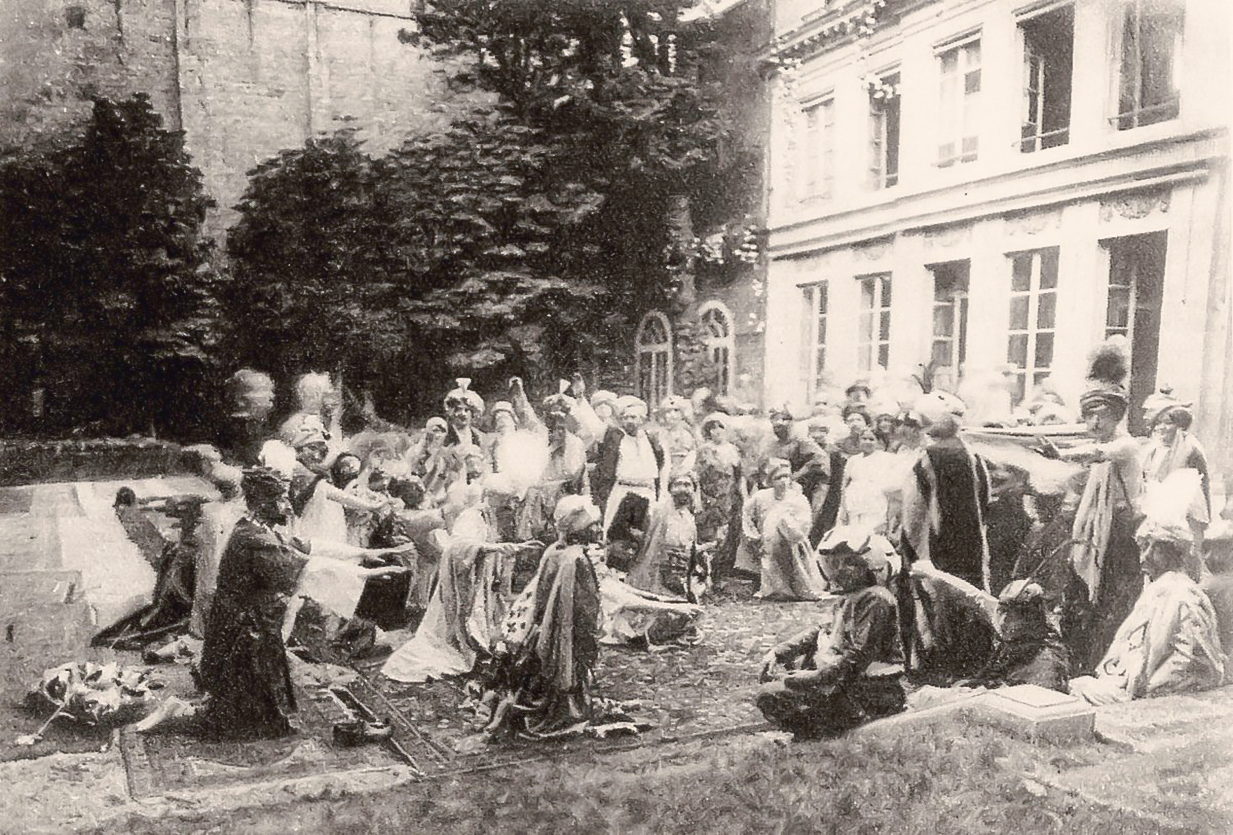
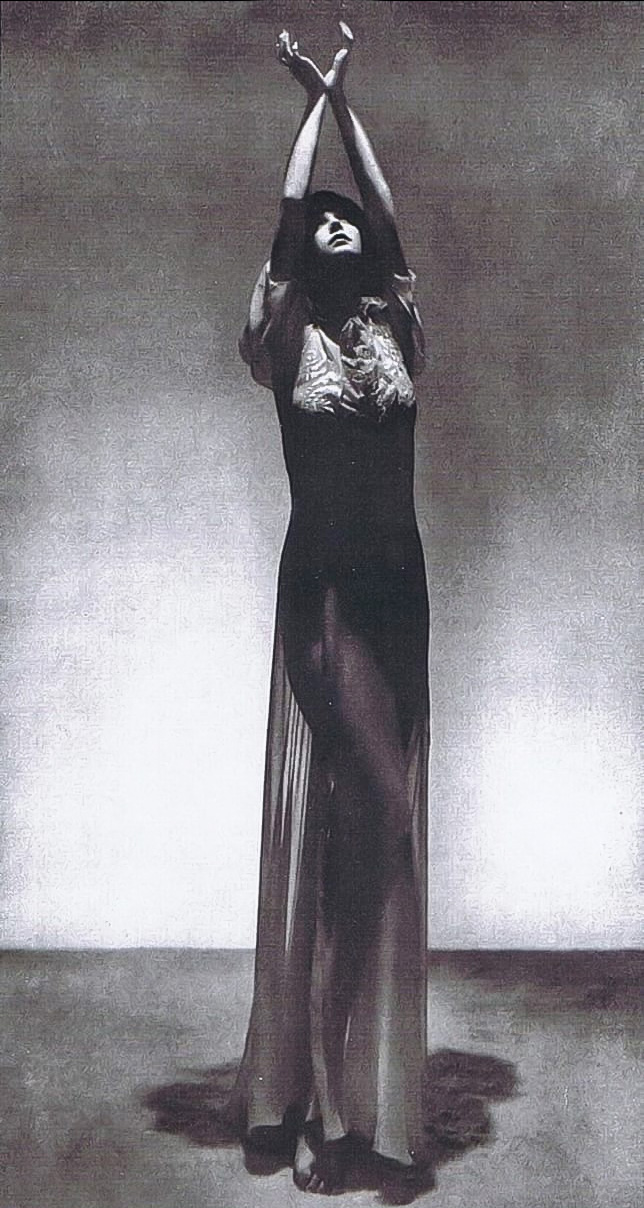
Peggy Guggenheim by Man Ray dressed in Poiret
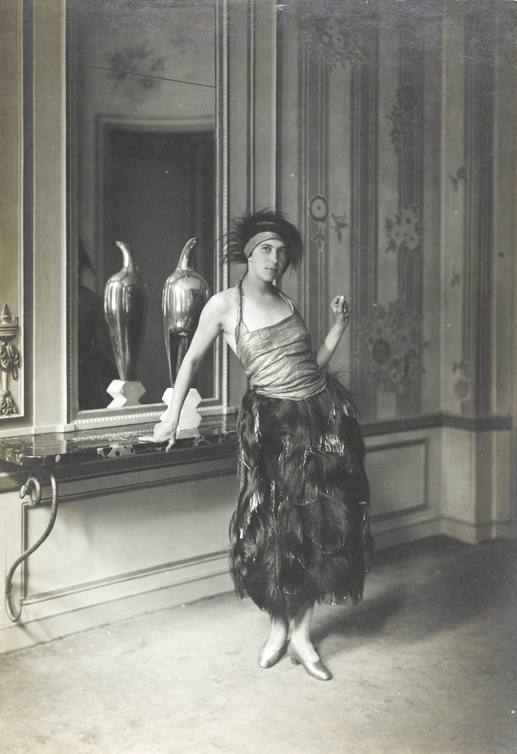
Denise Poiret wearing the dress Mythe, photo by Delphi
you can see the Paradise Bird by Romanian sculptor Brancusi and wallpaper created by the Ateliers de Martine
Paul Poiret remains an important figure in the history of fashion. His emphasis on comfort and freedom of movement helped to liberate women from the restrictive clothing of the past and influenced the fashion industry of the 1980s and 1990s. His vision of an overall style business and merchandising concepts are continued by several designers who produce everything from luxury dresses to furniture, perfumes, and makeup, like Ralph Lauren or Calvin Klein. Let’s not forget the sublime collections designed by John Galliano for Dior in 1998 where his influence is very present.
We like to remember his moto:
He traveled the world, visiting London, Berlin, Vienna, Brussels, and even New York, and he understood that his ideas were being copied and finding success elsewhere. This epiphany led to the creation of the “Union for the Defense of French Haute Couture” with Maison Worth and Maison Paquin.
We owe him the first fashion magazine, Pan, which was launched in 1928. The idea was to present a colorful illustrated catalog that showcased must-have items and luxury artisans, such as tailors, milliners, walking stick designers, shoemakers, dressmakers, undergarments, furs, jewelry, tableware, goldsmiths, wines, flowers, art galleries, photographers, savoir-vivre, restaurants, hotels, cabarets, travel, sports, luggage, beaches, horses, hunting, fishing, and even pharmacists. Everything was included in it.
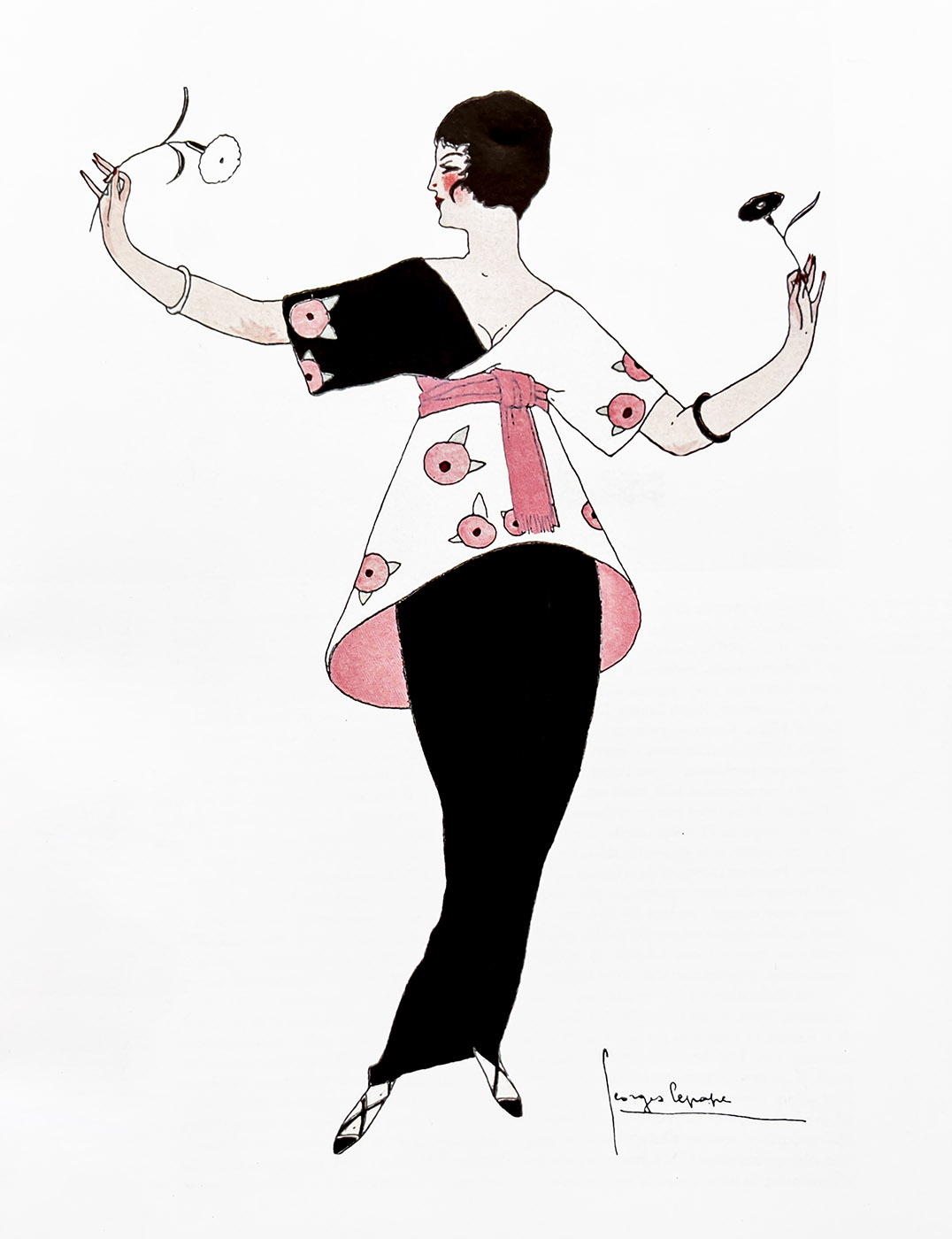
Despite his initial success, Poiret‘s fortunes began to decline after World War I. The economic hardships of the post-war years, combined with the changing fashion trends that he did not understand, led to a decline in demand for his designs. Poiret was eventually forced to declare bankruptcy and close his fashion house in 1929 after a flamboyant presentation of his collections of gowns, perfumes, and accessories on three riverboats. After this failure, his wife, his muse, the woman he made famous with his designs, the delicate Denise Poiret, née Boulet, divorced him, sending him into a deep depression.
Les Parfums de Rosine‘s license was bought by the emblematic Oriza L. Legrand French perfume house, founded in 1720. He started to paint, away from Parisian life, and wrote his memories, published in 1930, titled “En Habillant l’Époque” (Dressing an Era) and later two other books, where he unfortunately underlined his egocentrism and frustration. Poiret famously said about women, “First they grumble, then they obey, and finally they applaud.”
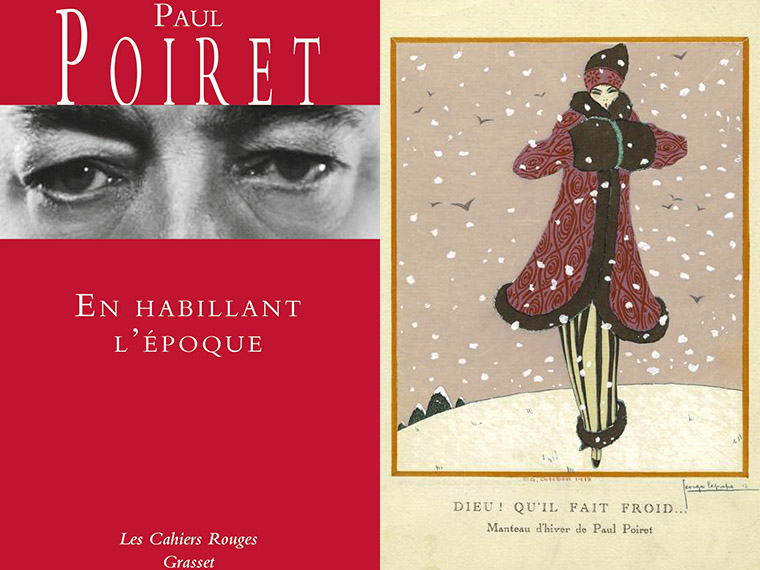
“The ultimate trick is to appear natural. But sublimely natural”
Paul Poiret
A.I.Mas
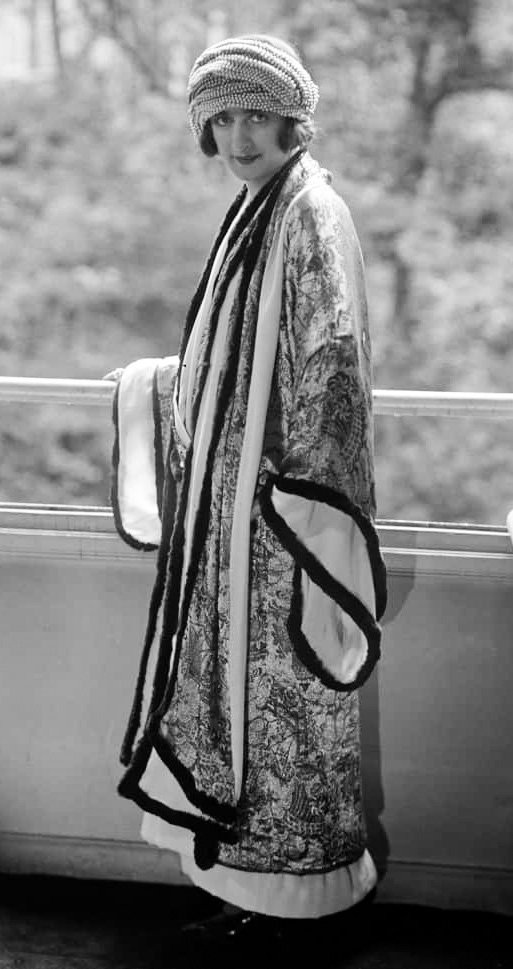
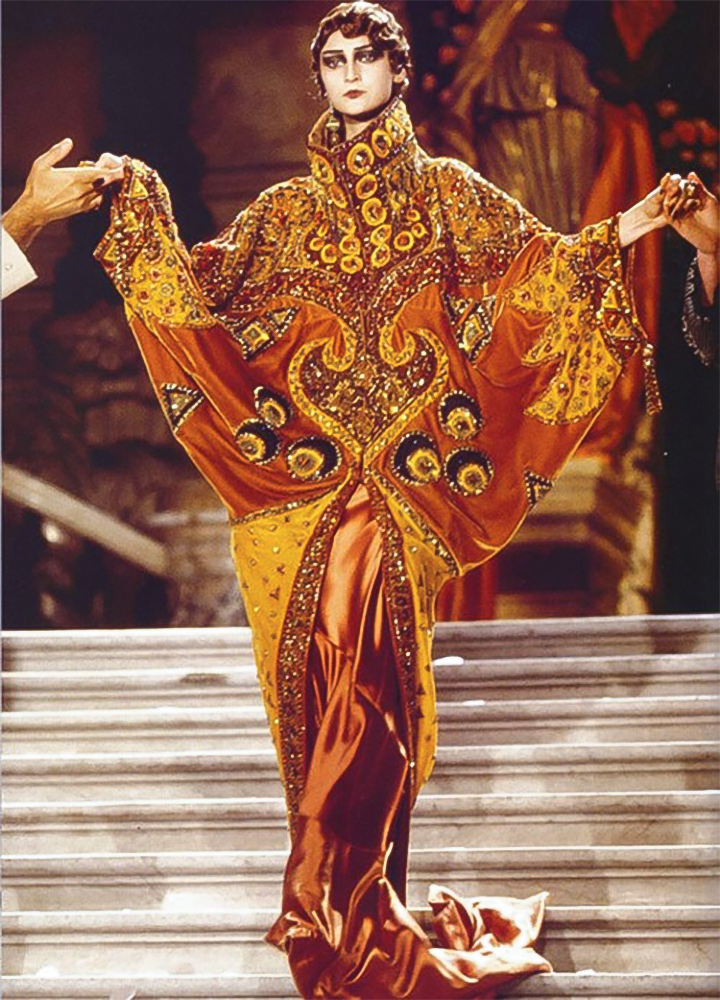
Dior by John Galliano, 1998
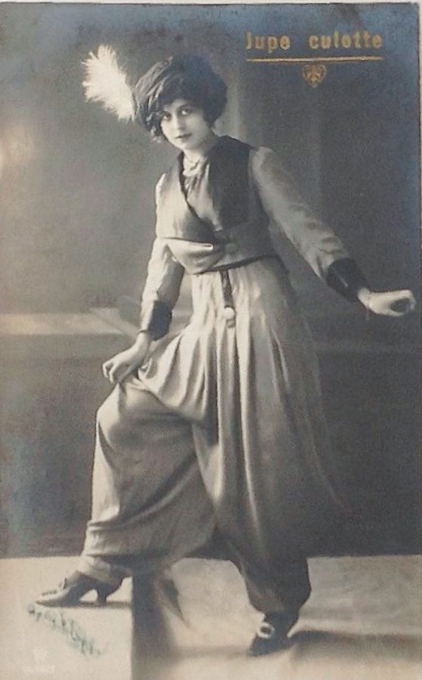
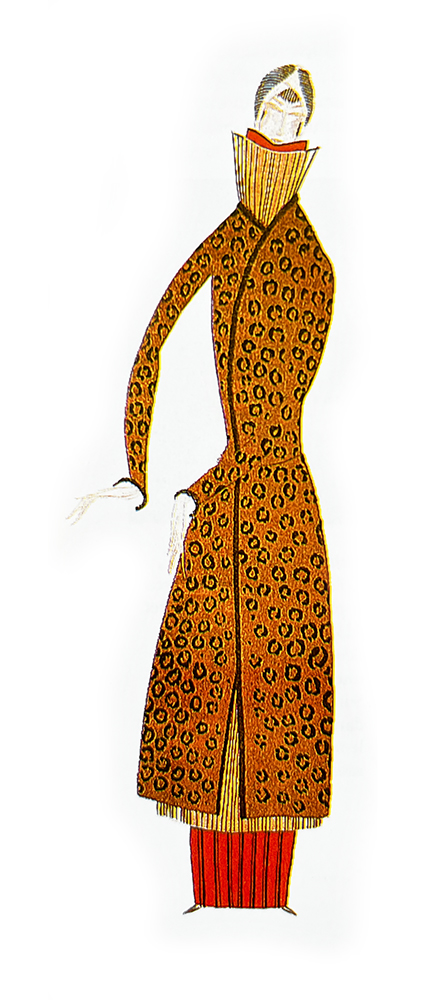
fashion illustration, Paul Poiret

